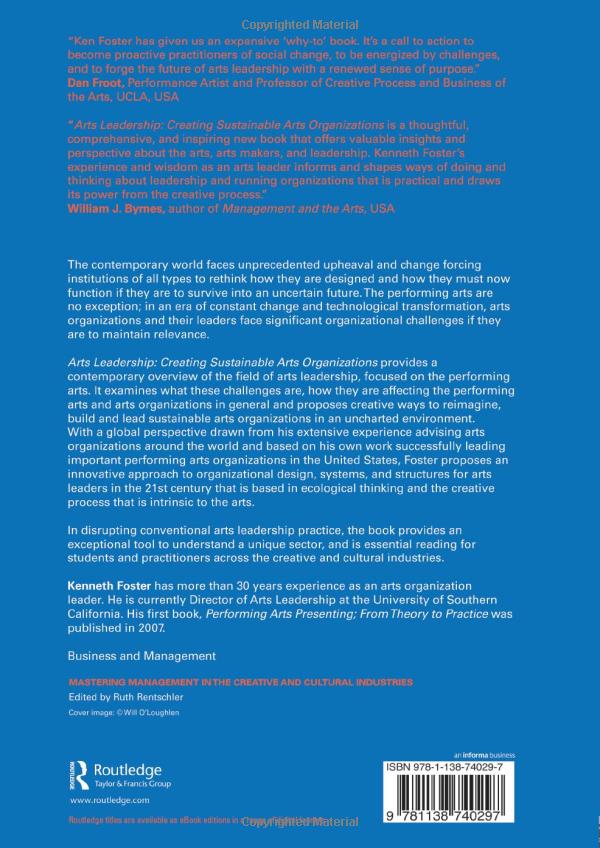Mastering the Art of Figuring Interest on a Loan: A Comprehensive Guide for Borrowers
Guide or Summary:Understanding Loan Interest BasicsTypes of Interest RatesCalculating Simple vs. Compound InterestUsing Online CalculatorsThe Importance of……
Guide or Summary:
- Understanding Loan Interest Basics
- Types of Interest Rates
- Calculating Simple vs. Compound Interest
- Using Online Calculators
- The Importance of Shopping Around
**Translation of "figuring interest on a loan":** 计算贷款利息
---
Understanding Loan Interest Basics
When it comes to borrowing money, understanding how to calculate interest on a loan is crucial. Whether you're considering a personal loan, a mortgage, or an auto loan, knowing how interest is figured can save you money and help you make informed financial decisions. Interest is essentially the cost of borrowing money, and it can significantly impact the total amount you repay over the life of the loan.
Types of Interest Rates
There are primarily two types of interest rates you might encounter: fixed and variable. A fixed interest rate remains the same throughout the life of the loan, providing predictability in your monthly payments. On the other hand, a variable interest rate can fluctuate based on market conditions, which means your payments may increase or decrease over time. Understanding these differences is essential when figuring interest on a loan.

Calculating Simple vs. Compound Interest
When figuring interest on a loan, you will often come across two methods: simple interest and compound interest. Simple interest is calculated only on the principal amount of the loan, while compound interest is calculated on the principal plus any interest that has already accrued. This means that compound interest can result in a higher total repayment amount over time, especially for long-term loans.
For example, if you take out a loan of $10,000 at a simple interest rate of 5% for 3 years, the total interest paid would be calculated as follows:
**Total Interest = Principal x Rate x Time = $10,000 x 0.05 x 3 = $1,500.**
In contrast, if the same loan had a compound interest rate of 5% compounded annually, the total amount owed at the end of 3 years would be calculated using the formula for compound interest:

**Total Amount = Principal x (1 + Rate)^Time = $10,000 x (1 + 0.05)^3 ≈ $11,576.25.**
This example illustrates how important it is to understand the type of interest being applied when figuring interest on a loan.
Using Online Calculators
In today's digital age, borrowers have access to various online loan calculators that can simplify the process of figuring interest on a loan. These tools allow you to input your loan amount, interest rate, and loan term to automatically calculate your monthly payments and total interest paid over the life of the loan. Utilizing these calculators can help you compare different loan options and choose the one that best fits your financial situation.
The Importance of Shopping Around
When seeking a loan, it's essential to shop around and compare interest rates from different lenders. Even a small difference in the interest rate can lead to significant savings over time. Additionally, some lenders may offer promotional rates or special terms that can make a loan more affordable. By taking the time to research and understand how to figure interest on a loan, you can make better financial decisions and potentially save thousands of dollars.

Figuring interest on a loan is a fundamental skill that every borrower should master. By understanding the types of interest rates, the difference between simple and compound interest, and utilizing online tools, you can navigate the borrowing process more effectively. Remember to always compare loan options and seek the best terms available to ensure that you are making a sound financial choice. With the right knowledge, you can take control of your borrowing experience and set yourself up for financial success.